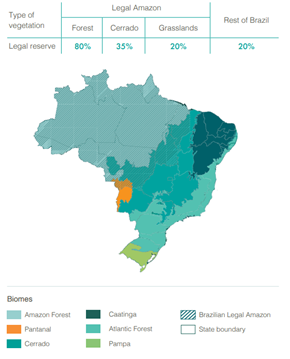In line with the renewable products of the I’m green™ bio-based brand, the company is aware of the importance of not only enabling a more sustainable product, but also promoting social and environmental sustainability practices throughout the chain, also launching, in 2010, the Code of Conduct for Suppliers of Ethanol. After improvements and updates to the analysed indicators, in 2016, Braskem implemented the Responsible Ethanol Sourcing Programme (RESP). This Program includes annual audits, aiming to ensure the integrity and sustainability practices in the sugarcane chain, promoting continuous improvement in the management of its suppliers, which can be passed on to previous links in this chain.
In 2022, the Program underwent a comprehensive review with the aim of giving greater strength to the issues of climate change, biodiversity and human rights. The reformulation of the Programme was carried out in partnership with Ima flora, a non-profit recognized by the United Nations (UN) for their work on sustainable development of agriculture and forestry. The programme is aligned with the Credibility Principles of the International Social and Environmental Accreditation and Labelling Alliance (ISEAL Alliance).
The Programme's basic principle is the continuous improvement of the production chain and respect for Brazilian regulations, inspired by the good practices described in protocols, certifications and benchmark programmes for the sector, such as Bonsucro. The RESP covers topics such as: business integrity, environment, workers and communities, and the management of sugar cane suppliers. You can access the RESP and find out more by
clicking here
